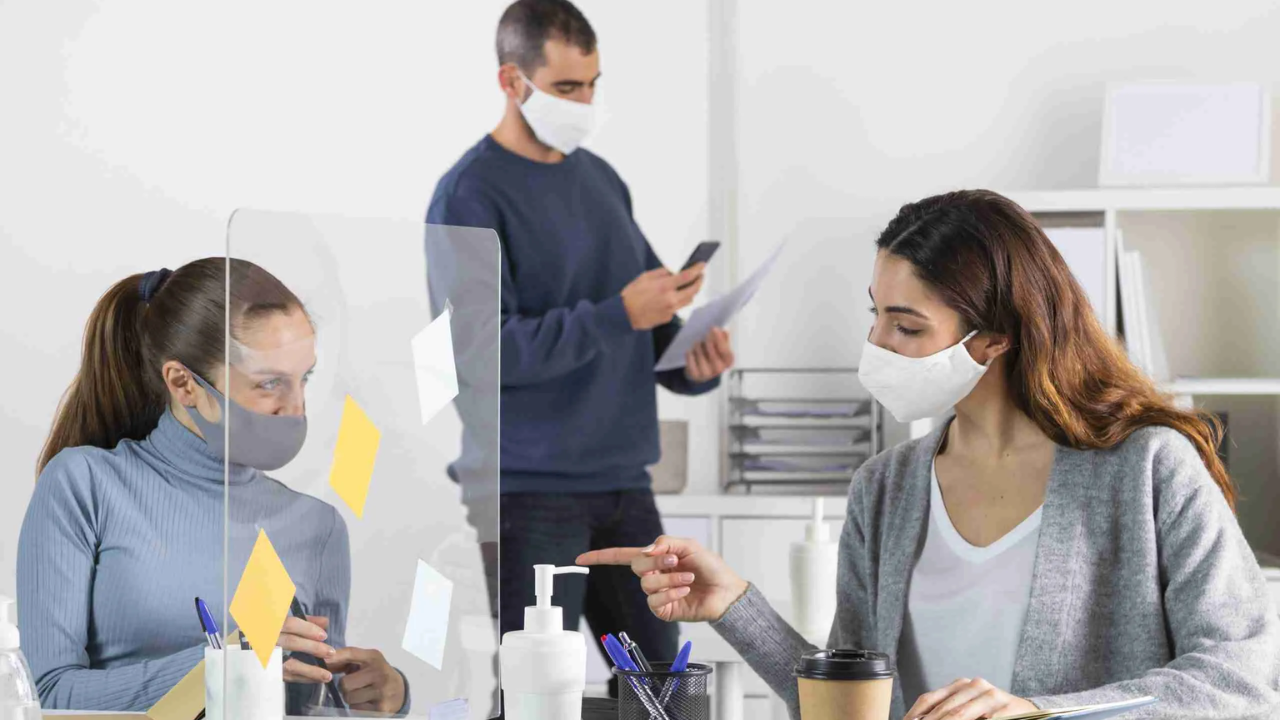Blog detail

January 24, 2025
by Nanzpharma
Tips for Effective Infection Control at Home and Workplace
Infection control has become a crucial part of daily life, especially in environments like homes and workplaces where people spend most of their time. With the growing awareness of hygiene and health, maintaining a clean and safe environment is essential to prevent the spread of infections. From using appropriate cleaning products to implementing simple habits, effective infection control measures can significantly reduce the risk of illness. With the help of these practical tips, one can ensure a healthy environment, both at home and in the workplace.
Why Infection Control Matters
Infections can spread easily through direct contact, airborne particles, or contaminated surfaces. Without proper hygiene measures, homes and workplaces can become hotspots for bacteria, viruses, and fungi. Common infections, including colds, flu, and skin conditions, can disrupt daily activities and lead to absenteeism at work. By implementing infection control strategies, individuals and organizations can create a safer and more productive environment.
Hand Hygiene: The First Line of Defense
Keeping hands clean is one of the most effective ways to prevent infections. Key practices include:
- Frequent Handwashing
Use soap and water for at least 20 seconds, especially after using the restroom, handling food, or touching shared surfaces.
- Use of Hand Sanitizers
Alcohol-based hand sanitizers with at least 60% alcohol are ideal for situations where soap and water are unavailable.
- Encouraging Hand Hygiene in Workplaces
Provide hand sanitizing stations in high-traffic areas and encourage employees to maintain hygiene.
Disinfecting High-Touch Surfaces
Surfaces frequently touched by multiple people can harbor infectious agents. These include:
- Home Surfaces
Door handles, light switches, and kitchen counters.
- Workplace Surfaces
Keyboards, elevator buttons, shared desks, and phones.
Regular cleaning and disinfecting using appropriate products, such as povidone iodine or alcohol swabs, can eliminate germs effectively. Opt for products that are proven to kill 99.9% of bacteria and viruses to ensure comprehensive protection.
Maintaining Clean Air Quality
Airborne infections can spread quickly, particularly in crowded or poorly ventilated spaces. Tips to maintain good air quality include:
- Using Air Purifiers
High-efficiency particulate air (HEPA) filters can trap harmful particles and allergens.
- Ensuring Proper Ventilation
Open windows and use fans to circulate fresh air in enclosed spaces.
- Masking in High-Risk Areas
Encourage the use of masks during flu seasons or pandemics, especially in crowded environments.
Maintaining clean air reduces the spread of respiratory infections, benefiting everyone in shared spaces.
Personal Protective Equipment (PPE): When and Why to Use
For workplaces with a higher risk of infections, such as healthcare settings or factories, PPE plays a critical role. Guidelines for PPE use include:
- Gloves
Use when handling chemicals, cleaning, or providing care to others.
- Masks and Face Shields
Essential for reducing exposure to respiratory droplets in high-risk situations.
- Workplace Policies
Employers should provide adequate PPE and training to employees on its correct usage.
High-quality products, such as pre-injection swabs and povidone iodine solutions, complement PPE to ensure complete infection control.
Building a Culture of Hygiene in Workplaces
Incorporating hygiene into workplace culture fosters long-term safety. Employers can:
- Conduct Regular Training
Educate employees on hygiene practices and infection control protocols.
- Provide Hygiene Supplies
Ensure easy access to hand sanitizers, disinfectants, and wipes.
- Implement Clear Policies
Set expectations for sick leave to prevent unwell employees from spreading infections.
Encouraging a proactive approach ensures that everyone contributes to maintaining a clean and healthy workplace.
Promoting Good Hygiene Habits at Home
Effective infection control starts at home. Practical steps include:
- Daily Cleaning Routines
Regularly clean and disinfect commonly used areas like bathrooms, kitchens, and dining spaces.
- Proper Laundry Practices
Wash clothes, towels, and linens in hot water to eliminate germs.
- Safe Food Handling
Use separate chopping boards for raw meat and wash produce thoroughly.
Teaching children about hand hygiene and cleanliness can instill lifelong habits that reduce infection risks.
The Role of High-Quality Products in Infection Control
Using reliable products is essential for effective infection control. High-quality disinfectants, sanitizers, and cleaning agents are designed to eliminate harmful microbes without compromising safety. For example:
- Povidone Iodine Solutions: Proven to be effective against a broad spectrum of pathogens.
- Alcohol Swabs: Ideal for quick and effective disinfection of surfaces and tools.
- Hand Sanitizers: Essential for on-the-go hygiene, especially in busy environments.
Choose products from trusted manufacturers that are effective and provide the assurance of safety.
Disinfecting for a Safer, Healthier Future
Infection control is a shared responsibility that requires attention to detail and consistent effort. By combining proper hygiene practices, reliable products, and community awareness, individuals and workplaces can reduce infection risks significantly. Small changes in daily routines can make a big difference in creating cleaner, healthier environments.
At Nanz Med Science, innovation and quality drive the creation of products designed to meet the highest standards of infection control. With a commitment to safety and well-being, Nanz Med Science empowers individuals and organizations to take control of their health effectively.

